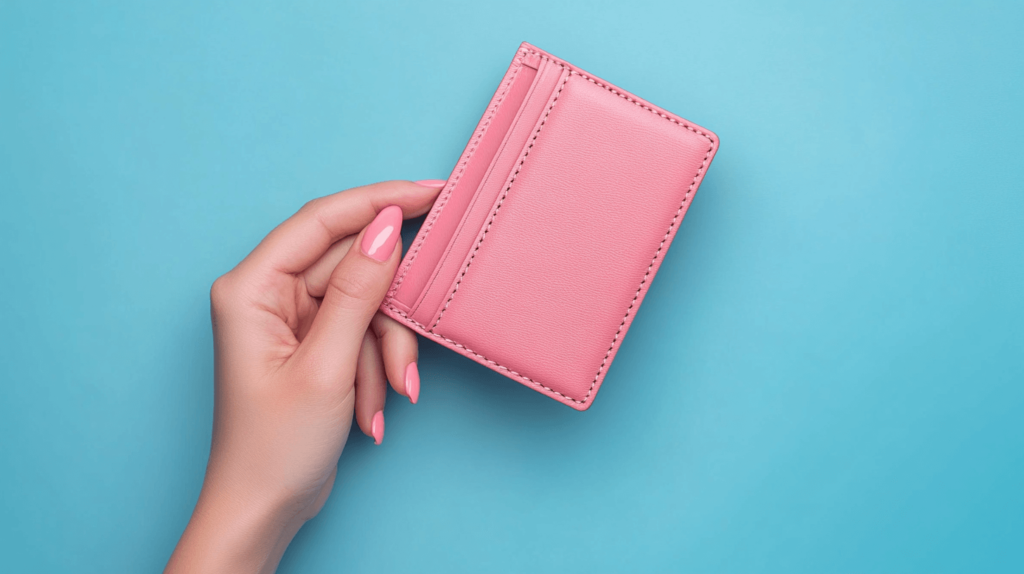Life has a way of throwing unexpected expenses at us when we least expect it. Whether it’s a sudden car repair, an unplanned medical bill, or a loss of income, these moments can leave us scrambling if we’re not financially prepared. That’s where an emergency fund comes in. It’s like a financial cushion that can soften the blow when things don’t go according to plan. But how do you build an emergency fund when you’re already stretching your dollars just to make ends meet? It’s not as impossible as it seems. With some strategic planning and discipline, even those on a tight budget can create a safety net for those rainy days.

This site contains affiliate links; please take a look at the disclosure for more information.
Understanding the Importance of an Emergency Fund
An emergency fund is simply money set aside for unexpected expenses. The key word here is “unexpected.” These aren’t the regular bills we know are coming, like rent or utilities. Instead, it’s for those surprise expenses that can really throw off your budget. If you’ve ever had to deal with a broken appliance or a hefty medical bill, you know how quickly costs can add up. Having a dedicated fund for these surprises can help you avoid dipping into your savings or going into debt.
For many, the idea of saving money can seem overwhelming, especially when every dollar is already spoken for. But building an emergency fund isn’t about saving a huge amount of money overnight. It’s about starting small and being consistent.
Start Small and Be Realistic
When you’re on a tight budget, the thought of saving three to six months’ worth of expenses might seem impossible. The good news is, you don’t need to start with that goal. Start with a smaller, more achievable target. Even $500 or $1,000 can provide a significant buffer for minor emergencies.
To make it easier, break down your goal into smaller, manageable chunks. Instead of thinking about saving $1,000, focus on setting aside $20 a week. Over time, those small contributions will add up, and before you know it, you’ll reach your goal.
Automate Your Savings
One of the most effective ways to build an emergency fund is to automate your savings. This takes the decision-making out of your hands and ensures that you’re consistently putting money aside. You can set up an automatic transfer from your checking account to a savings account specifically designated for emergencies. Even if it’s just a small amount, like $10 or $20 per paycheck, it’s better than nothing. And because it’s automatic, you’re less likely to miss the money.
If you’re worried about not having enough left over for bills or other expenses, start with a smaller amount. You can always increase it later as you get more comfortable with your budget.
Cut Unnecessary Expenses
When money is tight, it’s easy to feel like there’s no room for savings. But sometimes, a closer look at your spending habits can reveal areas where you can cut back. Start by tracking your expenses for a month to see where your money is going. You might be surprised by how much you’re spending on things like takeout, subscriptions, or impulse buys.
Once you have a clear picture of your spending, identify areas where you can make cuts. It doesn’t mean you have to give up everything you enjoy, but small changes can make a big difference. For example, if you’re spending $50 a month on streaming services, consider cutting back to just one or two. The money you save can go directly into your emergency fund.
Find Creative Ways to Save
If you’re already living on a tight budget, finding extra money to save can be challenging. But with a little creativity, you can uncover opportunities to boost your savings.
Consider selling items you no longer use or need. Clothes, electronics, and furniture can all bring in some extra cash when sold online. You might also look into taking on a side gig or freelance work. Whether it’s babysitting, dog walking, or offering services like graphic design or writing, these jobs can provide a nice supplement to your regular income.
Another way to save is to take advantage of cash-back apps and reward programs. While it won’t make you rich, the extra money you earn can be added to your emergency fund.
Set Clear Goals and Stay Motivated
Building an emergency fund requires discipline and patience, especially when money is tight. To stay on track, set clear goals for yourself. Know how much you want to save and by when. It can be helpful to break down your goal into smaller milestones, like saving $100 a month or reaching $500 in six months. Celebrate those small victories—they’ll keep you motivated to continue.
It’s also important to remember why you’re saving. Picture how you’ll feel knowing you have a financial cushion to fall back on. That peace of mind is worth the effort.
Keep Your Emergency Fund Separate
One of the biggest challenges of saving money is keeping it saved. It can be tempting to dip into your emergency fund for non-emergencies, especially if it’s easily accessible. To avoid this, keep your emergency fund in a separate account, preferably one that isn’t linked to your debit card. This adds a layer of separation, making it less likely that you’ll spend the money impulsively.
You might also consider opening a high-yield savings account. These accounts offer higher interest rates than regular savings accounts, so your money can grow a little faster. Just be sure to choose an account that doesn’t have high fees or minimum balance requirements.
Make Your Emergency Fund a Priority
It’s easy to put off saving when there are so many other financial demands on your plate. But an emergency fund should be a priority, even if you can only contribute a small amount. Remember, this fund is what will keep you from going into debt when the unexpected happens. It’s an investment in your financial security.
To make saving a priority, include it in your budget like any other bill. Think of it as paying yourself first. The more you treat it like a non-negotiable expense, the more likely you are to stick with it.
Stay Flexible and Adjust as Needed
Building an emergency fund isn’t a one-size-fits-all process. What works for one person might not work for another. The important thing is to find a strategy that fits your lifestyle and budget. If you find that you’re struggling to save, don’t be afraid to adjust your approach. Maybe you need to start with a smaller goal or try a different savings method. The key is to stay flexible and not give up.
Life is unpredictable, and sometimes you’ll need to dip into your emergency fund. When that happens, don’t get discouraged. The important thing is that you had the money set aside when you needed it. Once the emergency has passed, start rebuilding your fund as soon as you can.
Final Thoughts on Emergency Funds
Building an emergency fund on a tight budget might seem like a daunting task, but it’s one of the most important steps you can take to protect your financial well-being. By starting small, automating your savings, cutting unnecessary expenses, and staying motivated, you can create a financial cushion that will be there when you need it most. Remember, it’s not about how much you save, but the habit of saving that counts. Every little bit adds up, and over time, you’ll find that you’ve built a solid safety net for yourself and your family.


